DJI Avata vs. DJI Neo: When you’re in the market for a new drone, deciding between different models can be challenging. This is especially true when choosing between DJI’s two popular options, the DJI Neo and the DJI Avata 2. Both drones cater to different audiences and provide unique features. Here’s an in-depth look at how these two compare, from flight performance to camera quality, to help you make an informed decision.

1. Flight Performance
Flight performance is one of the most important factors when selecting a drone. The DJI Avata 2 is designed with FPV (First-Person View) in mind, offering unparalleled speed and agility. With a max speed of 27 m/s in sport mode, it’s perfect for fast-paced flying and racing. The DJI Neo, while still capable, is aimed at more casual users, with a top speed of 16 m/s in manual mode. This makes the Neo ideal for smoother, more controlled flights, especially for beginners or those interested in scenic shots.

2. Camera Quality and Video Stabilization
If camera quality is your primary concern, the DJI Avata 2 offers a slight edge. Its 1/1.7-inch sensor captures high-quality 4K video at 60fps and supports 2.7K at 120fps, which makes it perfect for dynamic, fast-moving scenes. The DJI Neo offers impressive quality as well, with a 1/2-inch sensor that shoots 4K at 30fps. Both drones come with electronic image stabilization, but the Avata’s HorizonSteady provides superior smoothness, especially during high-speed FPV maneuvers.
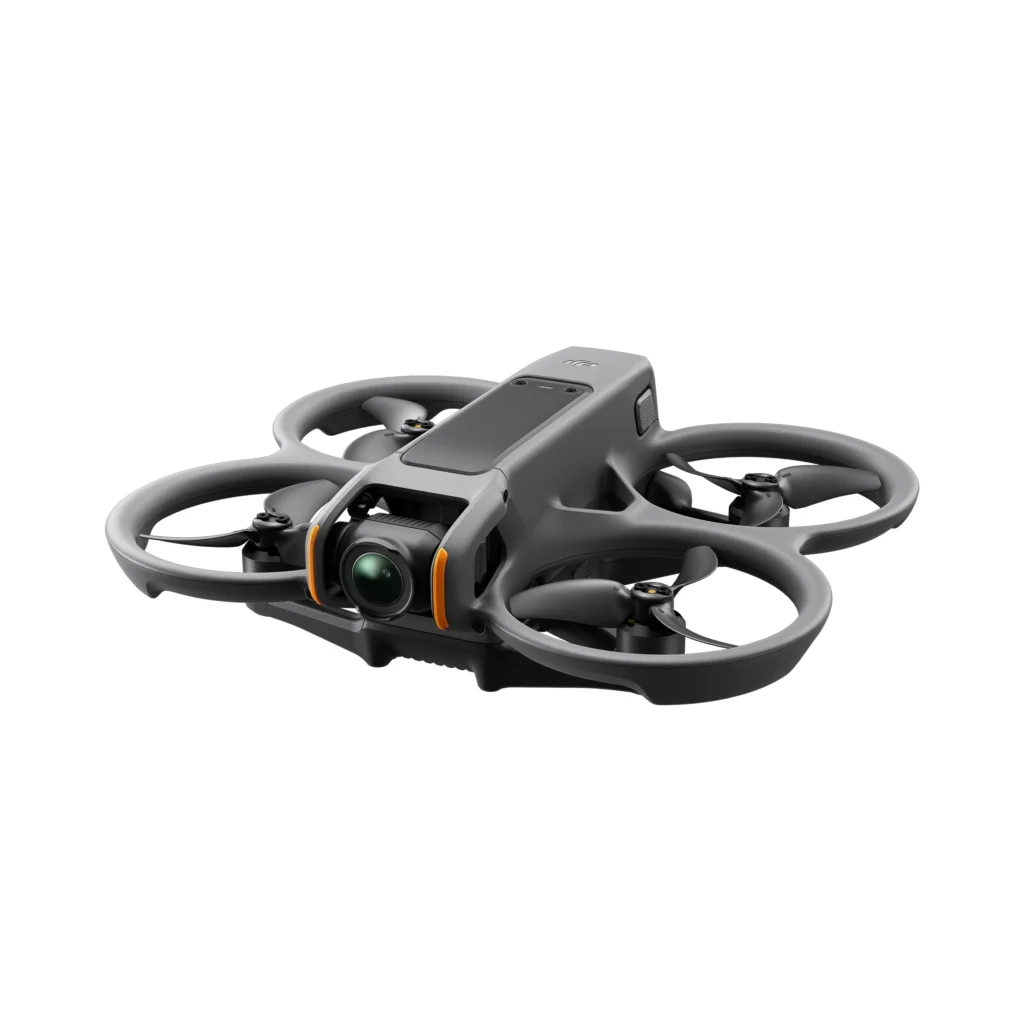
3. Design and Portability
In terms of design, the DJI Neo is the more portable option, weighing only 135g. Its compact size makes it a great travel companion. On the other hand, the DJI Avata 2 is heavier at 410g but compensates for the added weight with its rugged design, built for fast-paced FPV flying, complete with propeller guards for added protection.
4. Battery Life and Flight Time
Both drones offer comparable flight times of around 18 minutes, though factors like wind, speed, and usage conditions can affect these numbers. The DJI Avata 2 might offer slightly longer flight durations in specific situations, such as in hover mode or during slower, controlled flights. Still, both drones are capable of providing sufficient airtime for most aerial photography and FPV flying sessions.
5. Speed and Agility
The DJI Avata 2 dominates when it comes to speed and agility. Its maximum horizontal speed of 27 m/s makes it ideal for adrenaline-seeking FPV enthusiasts and professional filmmakers who need dynamic shots. The DJI Neo is more restrained but still fast enough for smooth, steady flights. Its top speed of 16 m/s makes it more beginner-friendly and suitable for casual flying.
6. Target Audience
The DJI Avata 2 is targeted toward experienced drone pilots, FPV racers, and filmmakers who need cutting-edge performance and immersive experiences. In contrast, the DJI Neo is aimed at hobbyists, beginners, and casual users who value simplicity and portability over advanced features.
7. Control Systems and FPV Compatibility
Both drones offer versatile control options, but the Avata 2 takes FPV flying to the next level with its compatibility with the DJI Goggles 2 and motion controller. The Neo, while still compatible with FPV goggles, is more focused on ease of use with its standard DJI RC-N3 controller. The Avata is designed for immersive, fast-paced FPV experiences, while the Neo simplifies control for casual users.
8. Price Points
Pricing is another major difference between the two models. The DJI Avata 2 sits in the premium price range, often costing between $1200-$1400, especially if purchased with accessories like the goggles and controllers. The DJI Neo is much more affordable, priced around $500-$600, making it an attractive option for beginners or those on a budget.
9. Build Quality and Durability
The DJI Avata 2 is built for FPV flying and can withstand minor crashes thanks to its durable frame and built-in propeller guards. The Neo is more lightweight and less crash-resistant but is still durable enough for everyday use, especially for beginner pilots flying in controlled environments.
10. Ease of Use
When it comes to ease of use, the DJI Neo is more beginner-friendly, with a simplified setup and intuitive controls that make it accessible to new pilots. The Avata 2, while not overly complex, has a steeper learning curve due to its advanced FPV capabilities and is better suited for intermediate to advanced users who are comfortable with more intricate controls and faster flights.
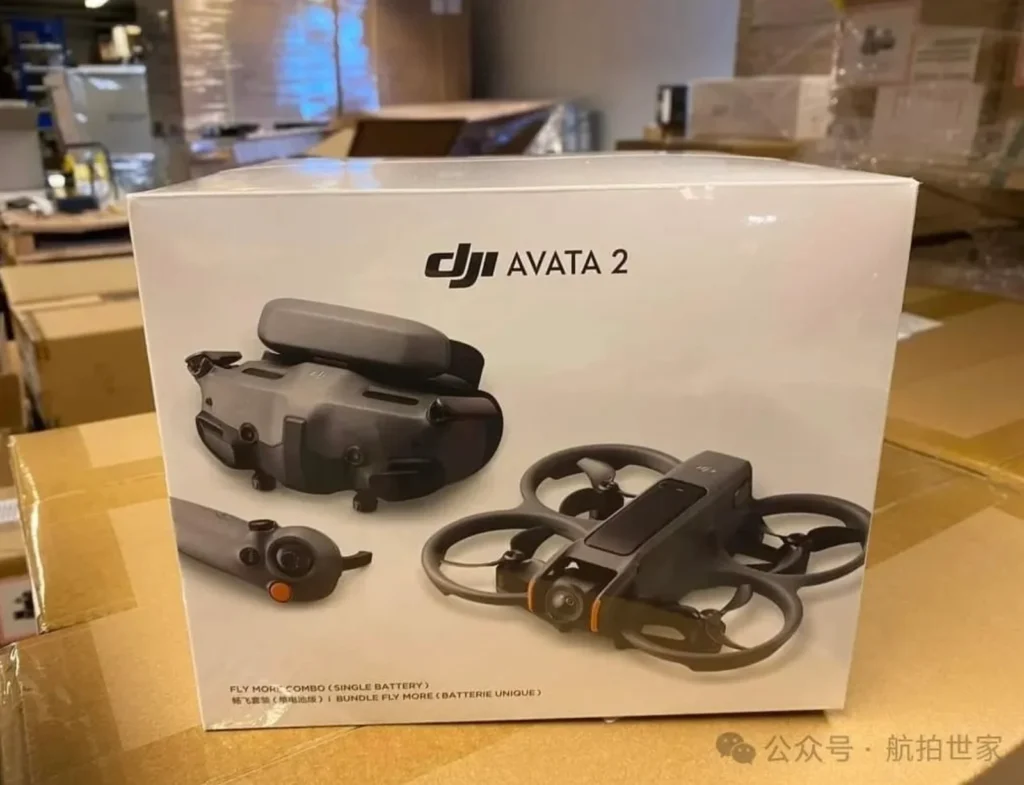
Conclusion: Which Drone Is Right for You?
Ultimately, the DJI Avata 2 and DJI Neo are both excellent drones, but they cater to different types of users. If you’re a professional or FPV enthusiast looking for high-speed action, dynamic video capabilities, and immersive experiences, the DJI Avata 2 is your best choice. However, if you’re a beginner or a casual user seeking a lightweight, affordable, and easy-to-use drone that still offers great camera quality, the DJI Neo is the perfect fit.
No matter which drone you choose, both deliver DJI’s renowned quality and performance, ensuring that you’ll capture stunning aerial footage.
Comparison Table: DJI Neo vs DJI Avata 2
| Feature | DJI Neo | DJI Avata 2 |
|---|---|---|
| Weight | 135g | 410g |
| Dimensions | 130×157×48.5 mm | 180×180×80 mm |
| Max Speed | 16 m/s (Manual Mode) | 27 m/s (Sport Mode) |
| Max Flight Time | Approx. 18 minutes | Approx. 18-20 minutes |
| Camera Sensor | 1/2-inch sensor | 1/1.7-inch sensor |
| Video Resolution | 4K @ 30fps, 1080p @ 60fps | 4K @ 60fps, 2.7K @ 120fps |
| Image Stabilization | RockSteady, HorizonBalancing | RockSteady, HorizonSteady |
| Internal Storage | 22 GB | 20 GB |
| Max Flight Distance | 7 km | 10 km |
| Max Wind Resistance | 8 m/s | 10.7 m/s |
| Transmission Range | 10 km (FCC), 6 km (CE) | 10 km |
| Target Audience | Beginners, casual users | FPV enthusiasts, filmmakers |
| Price Range | $500 – $600 | $1200 – $1400 |
Best Drones for Fishing in 2024Why the DJI Neo Could Be the Best Budget Drone of 2024Why Chinese Drones Are DominatingDJI Neo LeakDJI Air 3S LeakTop Drone Camera of 2024Drone Weight Carrying CapabilitiesGuide to Drones that Follow YouHow Far Can Drones Fly?Top 5 Beginner Drones of 2024The Ultimate Guide to Racing DronesIs DroneDeploy the Ultimate Solution?DJI Mini 4 Pro ReviewDrone Security for BusinessEnvironmental Drone MonitoringDrone Assist: Your Key to Seamless FlyingDJI Avata 2: In-Depth ReviewSearch and Rescue DronesDrone Inspection Business GuideTop Drone Business Ideas in 2024Autel Alpha UnveiledAgriculture Drone Business in 2024Starting a Drone Photography BusinessFlying Beginner Drones in 2024DJI Mavic 3 ReviewDrone License Requirements WorldwideThe Ultimate Guide to DJI DronesBest Drone Video Editing SoftwareHoly Stone Drones: Features and PerformanceMini Drones GuideParrot Drone OverviewDJI Mini 2 vs Mini 2 SEDrone Insurance Options for 2024

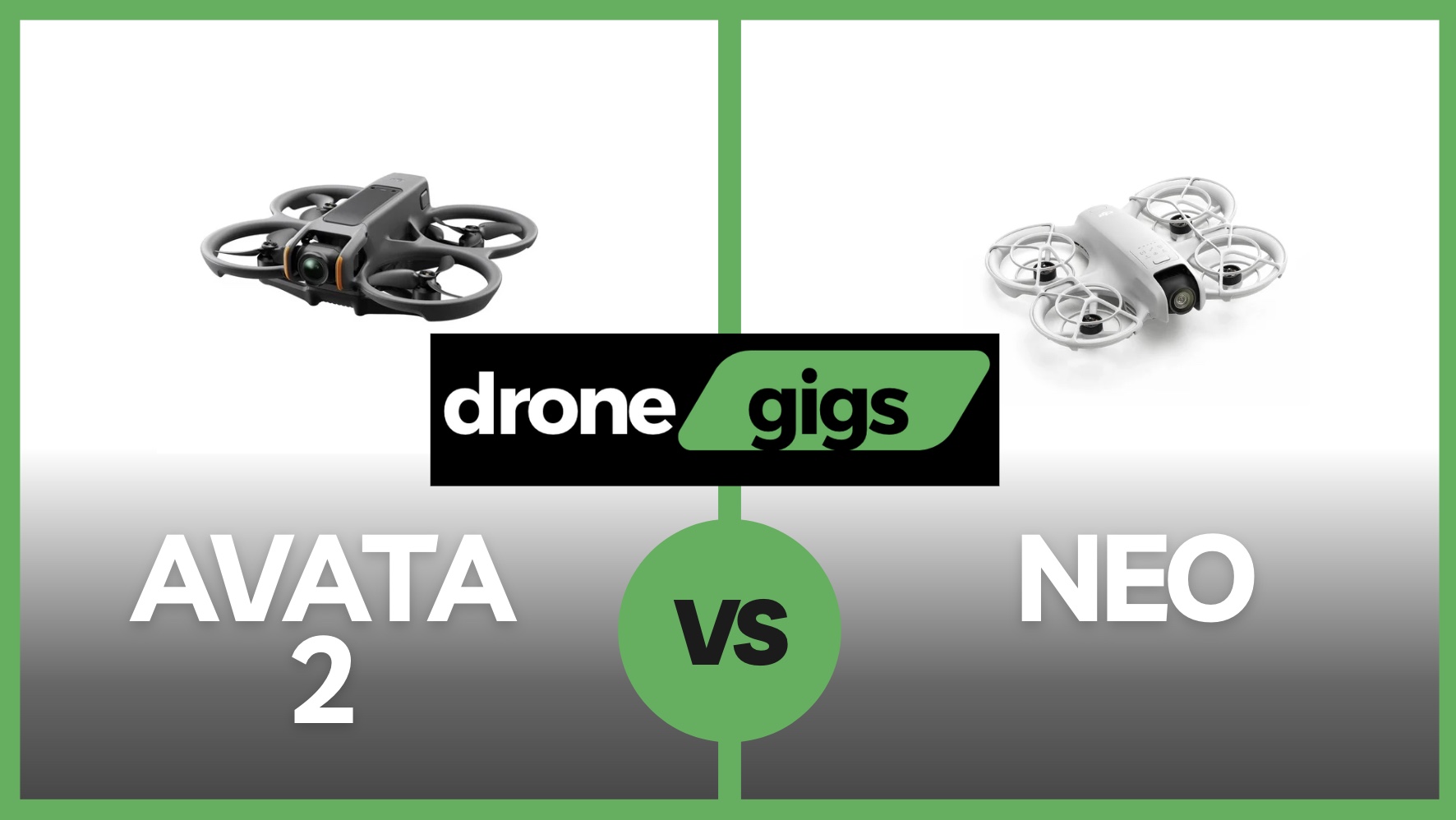
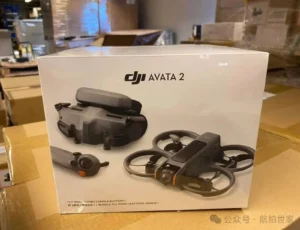
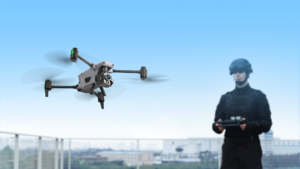
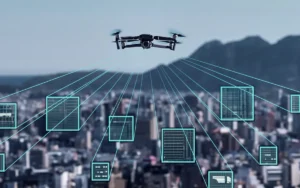
Pingback: Comparing LiDAR Drones for Sale: Capabilities and Best Options - Drone Gigs